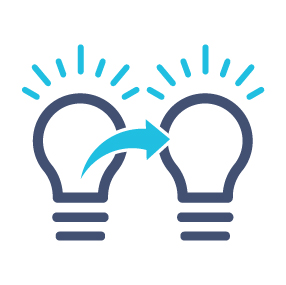Immersive and Integrative STEM for Elementary Educators (IISTEM)
Funds from the Defense STEM Education Consortium supported a new partnership titled Immersive and Integrative STEM for Elementary Educators. This project focused on increasing educator capacity to develop, implement, and revise STEM lessons through professional learning, mentoring, and membership in STEM organizations. Participants were identified through an outreach by the different STEM associations through a collaborative process with DoD Hubs and Regions. The goals of the project (listed below) supported the continued development and testing of our lesson plan ecosystem tools.
- Develop a collaborative STEM cohort of elementary educators to increase their understanding of integrative STEM lessons through professional learning experiences
- Provide an in-depth professional learning experience around the topic of STEM instruction and the use of STEM design challenges through attendance at the NSTA Fall ENGAGE Event
- Provide professional learning to develop participants as STEM professionals using membership in STEM organizations to develop participants as active STEM professionals.
- Transform the cohort members from STEM learner to STEM leader through mentoring and coaching strategies;
- Develop integrative STEM lessons, based on trade books, for the K-5 level that can be done in a virtual, hybrid, or blended environment;


With the release of A Framework for K-12 Science Education, a compilation of contemporary research on how students learn science, educators across the United States have been tasked to rethink, revise and put into practice science/STEM lessons and units that create opportunities for students-as-scientists and as-engineers to actively make sense of the world and design solutions to problems.
Actively making sense of the world, or sensemaking, involves four critical aspects of teaching and learning in which students:
- Explain phenomena (and solve problems).
- Engage in grade-appropriate science and engineering practices to
- Develop and use grade-appropriate science (and engineering) ideas needed to explain how or why the phenomena occur (and solve problems). Science is a collaborative process which should be reflected in the science classroom by creating a learning community in which students
- Share ideas, build on each other’s ideas and change their minds over time.
Shifting instruction from an “Information Frame” where students are focused on knowing information provided by the teacher or other resource (a frame many – if not most - educators teaching today experienced science in their K-12 careers) to the “Sensemaking Frame” where students are focused on building understanding of science ideas by thinking, working and talking like scientists is an ongoing journey, not a single step. The lessons shared on this page represent four stages of teachers’ journeys (four “snapshots”) along the continuum between the Information Frame and Sensemaking Frame. Although some lessons may start further along the continuum than others, they all move through these stages. Teachers may choose to continue shifting the lesson toward the Sensemaking Frame and/or choose to begin to shift another critical aspect of sensemaking within the lesson.
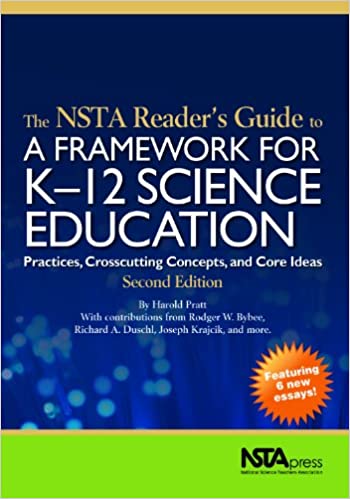
Ideas Under Construction
First steps toward sensemaking.
Lessons ideas posted in this category, or stage, reflect teachers’ early thinking about how to begin moving lessons from the Information Frame to the Sensemaking Frame. Science ideas are identified and a phenomenon, science and engineering practice(s) and/or student discussion opportunities are proposed. How the critical aspects work together for students to be able explain the phenomenon at the end of the lesson is not provided in enough detail for others to teach the lesson.
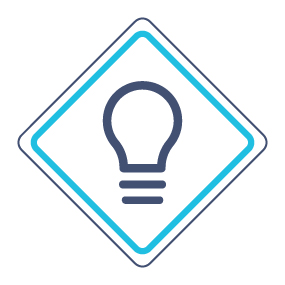
Ideas In Progress
Attempting to include ideas for one or more critical aspects of sensemaking in a lesson plan.
These lessons ideas are presented in a lesson plan format with a description of the phenomenon and/or student interaction(s) and/or identified elements of science and engineering practice(s) and science ideas. How students experience the phenomenon, engage in the science and practices and interactions with other students to develop science ideas are not included.
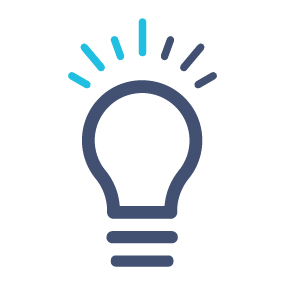
Ideas In Pilot
Trying out a lesson with one or more critical aspects of sense making in the classroom
Lesson plans in this category describe in general terms how students experience the phenomenon, and/or engage in science and engineering practices, and/or participate in discussions (interactions with other students) to develop science ideas, but not at the level of detail another educator would need to be able to teach the lesson.
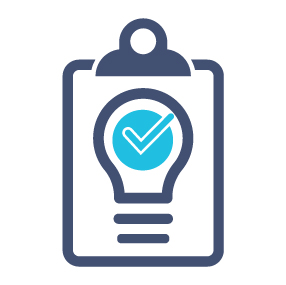
Lessons Shared
Sharing successes implementing one or more targeted critical aspects of sensemaking.
Lesson plans posted here clearly describe how students experience at least one critical aspect of sensemaking and allude to how two or more critical aspects of sensemaking work together for students to be able to explain the phenomenon at the end of lesson. The descriptions provided are enough to support another educator in teaching the lesson.
